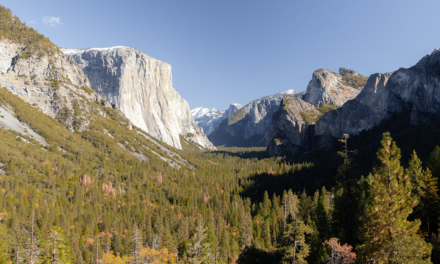Ever wonder how Napa became the synonym for fine wine in America?
My own history is intertwined with the roots of the vines in this fertile valley. Let me take you on a stroll down the historical vineyards of Napa, California, where each grape seems to hold a story.
The Indigenous Beginnings and Spanish Settlers
Before the fame of the wine, Napa was home to the Wappo tribe. They cherished the land long before it became known for its current bounty. Then came the Spanish, planting the early seeds of change.
Napa’s First Grapevines: The Pioneer Planters
Did you know that in the mid-1800s, a settler named George Calvert Yount planted Napa’s first grapevines? Imagine the wild frontier then, vines taking root where oaks once stood alone.
The Birth of a Wine Haven
By the turn of the 20th century, visionaries like Charles Krug had already seen the potential in Napa’s soil. Their foresight was uncanny.
These pioneers laid the groundwork for a future wine paradise.
Surviving Prohibition: A Test of Resilience
The 18th Amendment hit Napa hard.
Vintners had to pivot or perish. Many turned to prunes and walnuts to survive. Yet, the vines remained, waiting for their Renaissance.
A Renaissance in a Glass: The Post-Prohibition Boom
Post-Prohibition, the wine industry flourished once more.
Winemakers like Robert Mondavi didn’t just resurrect Napa wine; they reinvented it, drawing connoisseurs from every corner of the globe.
Judgment of Paris: Napa on the World Stage
The year 1976 was pivotal.
A blind tasting event in Paris put Napa head-to-head with French wines. And guess what? Napa won. That victory wasn’t just for Napa but for wines outside of Europe.
A Modern-Day Wine Mecca
Today, Napa is home to over 400 wineries. Each visit to a tasting room is a sip of history. These are not mere wines; they are liquid legacies.
Sustainable Winemaking: Preserving the Legacy
As a resident, it’s heartening to see Napa’s commitment to sustainability.
Protecting the land ensures that the history of this place continues to flow for generations.
Q&A: Decanting the Past, Present, and Future of Napa
Q: What makes Napa’s soil so conducive to vineyards?
A: It’s a combination of volcanic soil, a unique microclimate, and perhaps a touch of magic. This terroir is unmatched, offering perfect conditions for those world-renowned grapes.
Q: How did Napa bounce back after Prohibition?
A: Innovation and sheer grit. Many wineries shifted to sacramental wines, while others lay dormant. But the passion for winemaking never faded, and it surged back with the repeal.
Q: Can a visit to Napa also be a historical tour?
A: Absolutely. Visiting the old estates and wineries is like walking through a living museum. Each one tells a part of Napa’s story.
From the Vine to the Future
In wrapping up, Napa is more than a region; it’s a narrative of transformation, community, and passion. It’s where dreams of creating the perfect wine became a reality. It’s a testament to human perseverance and the alchemy of earth and effort.
So, what will you discover on your next trip to Napa? Will you unravel the stories behind the vines?
Napa is an open book, waiting for you to turn the page. Are you ready to step into history with a glass in hand?





